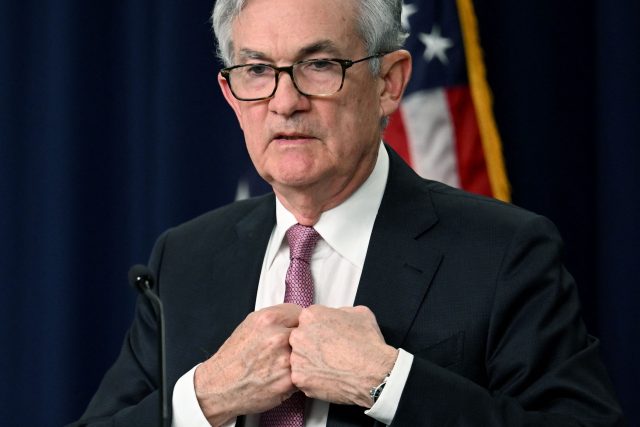The Federal Reserve on Wednesday raised its benchmark interest rate target by three-quarters of a percentage point, the biggest increase since 1994.
The Federal Open Market Committee, which sets interest rate policy, said its target rate for overnight interbank funding would rise from a range of 0.75 percent to one percent to 1.5 percent to 1.75 percent. In addition, the Fed said it would raise the rate it pays on reserve balances to 1.65 percent.
“Overall economic activity appears to have picked up after edging down in the first quarter. Job gains have been robust in recent months, and the unemployment rate has remained low,” the Fed said in a statement.
The hike in the target and the rate paid on reserves matched market expectations.
The Fed said it would continue reducing its holdings of Treasury securities and agency debt and agency mortgage-backed securities at a pace of 47.5 billion per month until September, when it anticipates moving up the reduction to $95 billion per month.
The Fed plans to reduce the size of its balance sheet by not replacing bonds as they mature, a process known as allowing the bonds to “roll off.” The Fed currently has a $9 trillion balance sheet thanks to the quantitative easing programs following the financial crisis of 2008 and the bond buying the Fed launched when the pandemic struck. Because the Fed plans to control the pace of the roll-off, rather than just allowing the balance sheet to shrink at whatever pace bonds expire, it will remain a buyer of bonds for the foreseeable future.
“Inflation remains elevated, reflecting supply and demand imbalances related to the pandemic, higher energy prices, and broader price pressures,” the statement said.
The Fed made no mention of worries about a pending recession. Most economists now think a recession will start next year, with many thinking it will begin in the first half of next year. A few think it may come even earlier. The Atlanta Fed’s GDPNOW barometer indicated on Wednesday that economic data received so far about the second quarter shows the economy at a standstill, with a zero GDP growth rate.

COMMENTS
Please let us know if you're having issues with commenting.